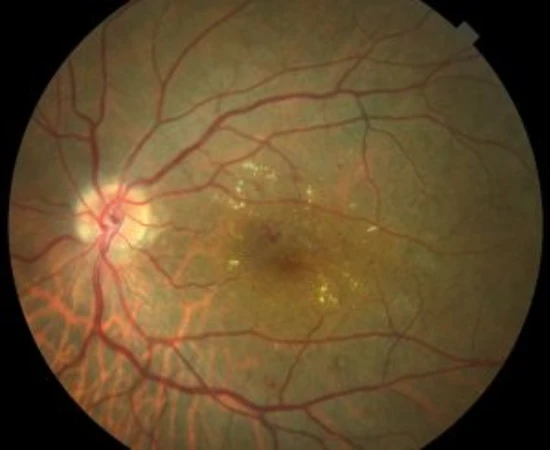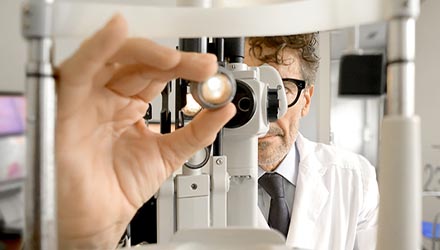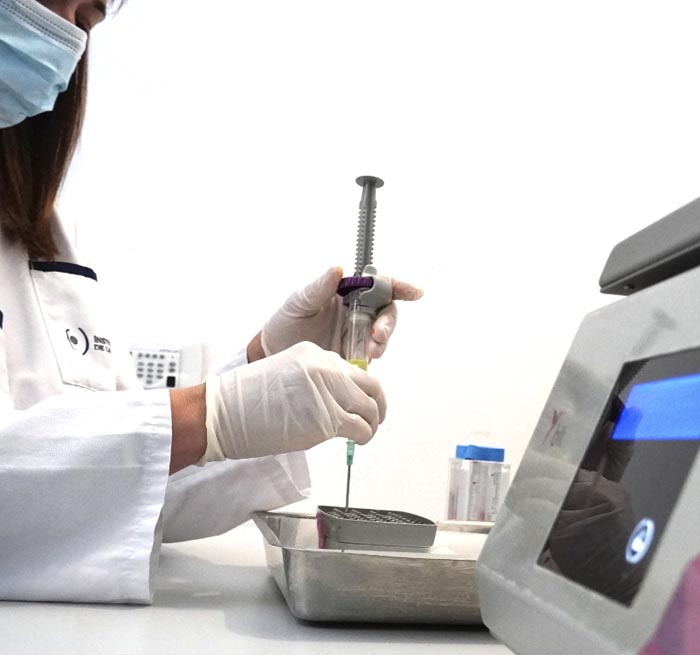Diabetic macular edema is the inflammation and accumulation of fluid in the macula. The macula is the part of the eye responsible for central vision and fine detail vision, such as reading or recognizing faces. It occurs when the blood vessels in the retina leak fluid.
The main cause of macular edema is associated with diabetes. This disease causes the retinal blood vessels to leak fluids. This includes small amounts of blood and, at times, leakage of fat deposits. This situation causes the macula to become inflamed.





